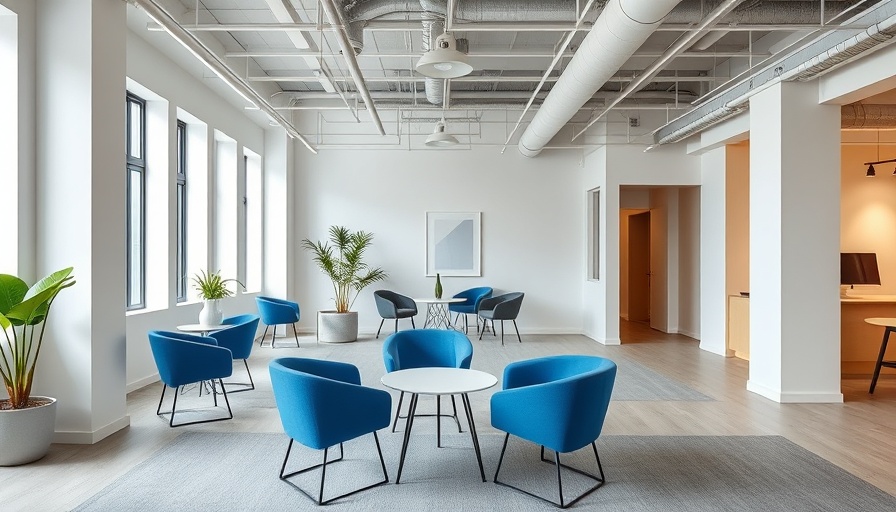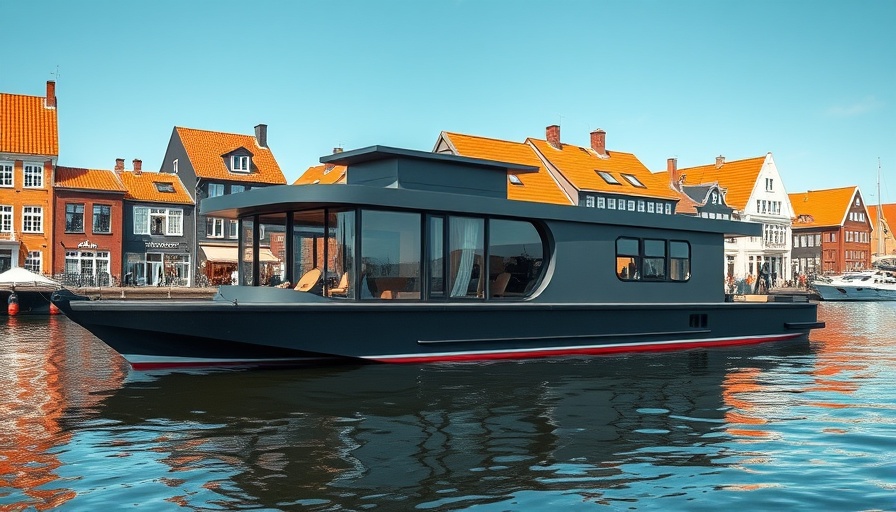
Celebrating Modernism in the Heart of Paris
The latest co-working space in Paris is not just a functional environment for professionals; it represents a tribute to the Modernist style that moved design and architecture forward. Located in the artistic district of Montmartre, designer Jordan Weisberg has reimagined an early 19th-century building, fusing vintage aesthetics with modern needs to create a dynamic work environment that encourages creativity and collaboration.
The Design Vision: A Nod to Mid-Century Modern
Weisberg’s design philosophy is steeped in mid-century modern influences, recalling a time characterized by minimalism and functionality. In articulating his vision, Weisberg mentions his fondness for the 1950s, drawing inspiration from iconic styles seen in American Functionalism, as well as from visual storytelling in film and television, particularly the “Mad Men” aesthetic. This convergence of art and practicality creates an inviting atmosphere for co-workers who value both style and substance.
Fluid Dynamics: A Space for Interaction
A defining feature of the design is a large circular opening—a strategic element that introduces an element of fluidity to the otherwise rectilinear space. This portal not only serves as a focal point but also enhances the lightness of the environment, shifting with the perspective of the viewer and inviting them to explore. The seamless flow from the ground floor to the second floor enhances movement and interaction, with designated areas for quiet focus as well as social engagements. In this space, work becomes a multifaceted experience, bouncing between concentration and collaboration.
A Harmonious Color Palette and Textures
The aesthetic choices made in this co-working space are both simple and sophisticated. Off-white walls provide the perfect backdrop for a rich burgundy ceiling that punctuates the area, while black and garnet ceramic tiles add a tactile quality complemented by splashes of blue and yellow. This thoughtful mix of materials—from vintage wood to polished stainless steel—creates an engaging dialogue throughout the space, connecting users to both the environment and one another. There’s a comforting balance achieved through diverse textures, ensuring the atmosphere feels both dynamic and inviting.
Vintage Furnishings and Comfort
In keeping with the Modernist theme, most of the furnishings were carefully selected from vintage collections. The design prioritizes comfort without sacrificing style; classic sofas are paired with vibrant accessories across various lounge areas, ensuring that each corner feels personalized and lived-in. This attention to detail enriches the environment, allowing members to feel at home while at work. Reflecting on the furniture balance, Weisberg remarks, “It’s all balanced to make the space more dynamic,” capturing the very essence of both collaboration and individual focus.
Why Co-Working Spaces Matter Today
This new co-working space in Paris highlights an ongoing trend where traditional workspaces are being reinvented to foster innovation and creativity. In a post-pandemic world, where the lines between work and home have blurred, co-working spaces provide not only a functional solution but also a sense of community. With designs that reflect careful consideration of users’ experiences, these spaces can offer surroundings that inspire, facilitate connections, and ultimately boost productivity. This particular space stands as a testament to how the past can shape the future of work.
Conclusions and Future Implications
The Modernist co-working space in Montmartre encapsulates the spirit of innovation while honoring history. As more professionals seek spaces that offer flexibility and creativity, it’s clear that such thoughtfully designed environments can redefine our understanding of work. The blend of classical and contemporary design not only meets current demands but also sets a precedent for future developments in co-working spaces.
If you're interested in transforming your workspace into a realm of inspiration and creativity, look for design ideas that merge aesthetics with functionality. This blend will not only elevate your work environment but will also foster a richer communal experience.
 Add Row
Add Row  Add
Add 






Write A Comment